St Augustine Lawn Disease & Treatment
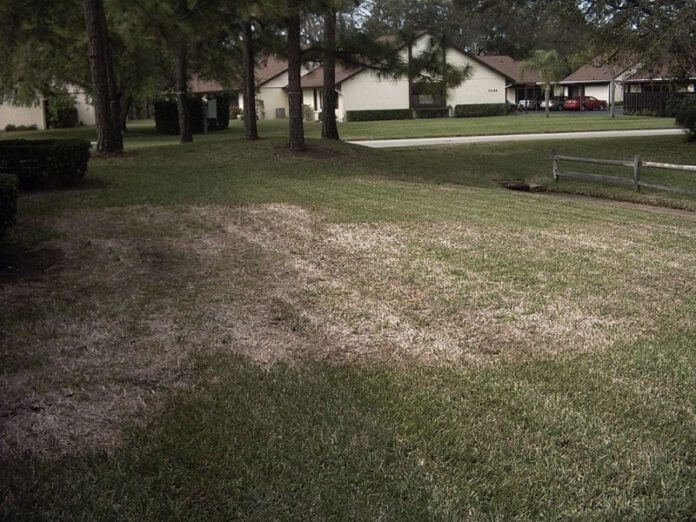
Lawn problems in a St. Augustine lawn from disease can occur year-round. St. Augustine Lawn disease is caused by a fungus that disrupts normal growth and appearance.
However, certain types of lawn diseases that affect St. Augustine grass are seasonal, due to weather patterns.
During summer months-long periods of rain and high humidity make good conditions for certain types of lawn disease. Lower temperatures during the winter can cause some diseases to appear.
Shaded areas with poor air circulation that stay wet are commonly known to have lawn problems from diseases. Man-made stress placed on turf will weaken a lawn making it more susceptible to disease. Improper fertilization, over-watering from irrigation, watering late in the evening, and mowing the grass too short, can all create lawn problems from the diseases
When determining if the problem area in a St. Augustine lawn is from a disease, it is better to rule out other causes for lawn problems.
The problem area could be from drought stress or insect activity. Examine the leaves and roots in the area early in the morning, and note the color and shape of the spot.
A common pattern is one or more small or large circular patches of, yellow, orange, to brown, grass in color. The blades of grass will usually have orange or gray spots if a disease is present.
The steps for lawn disease management are:
- Correctly identify if it is a disease problem.
- Identify what type of lawn disease is causing the problem.
- Identify the conditions that are causing the development of the disease.
- Stop the causes or conditions for disease occurring, if it is man-made, too much shade or any other reason that can be controlled.
- Treat the entire area affected with a Fungicide labeled for the type of disease, preferably use a liquid fungicide.
Brown Patch Lawn Disease
Brown Patch (Rhizoctonia Blight) occurs from November through May in St. Augustine grass when temperatures are below 80 degrees.
It is caused by a fungus that is usually triggered by heavy amounts of rainfall over a period of time or over-watering from irrigation. The fungus infects the leaf area closest to the soil. You can easily pull off the leaf from the stem. The base of the leaf pulled off will have a rotted smell. Roots are not affected by brown patch disease.
Lawn problems from brown patch disease start as small irregular circular patches one foot in diameter. Patches will grow to several feet in diameter as the disease spreads.
At first, grass will usually turn yellow, orange, then reddish-brown, to completely brown. When blades of grass start to die off they become straw-colored.
It is not uncommon to see rings of yellow-brown with the turf in the center looking healthy. Brown patch is often confused with damage from chemicals for weed control (Herbicides) since they can also cause yellow or brown patches.
Applying too much nitrogen fertilizer will encourage brown patch lawn disease to develop.
Avoid using excessive amounts of nitrogen from November through May. If a brown patch is present DO NOT water the area and let it dry out. If it is absolutely necessary to water do it in the early morning hours between 2 am to 6 am.
Gray Leaf Spot Lawn Disease
Gray Leaf Spot can be seen in a St. Augustine lawn from Late Spring Through Summer To Early Fall.
The first sign is small pinhead-sized leaf spots that are olive-green to brown in color. As the disease progresses spots enlarge and become oval to irregular in shape with brown borders, and tan to gray centers.
Under very humid conditions the center of the spots has a velvety gray appearance. Lawn disease Gray Leaf Spot during the summer occurs from, high humidity, periods of rainfall, or over-watering.
Applying excessive amounts of nitrogen fertilizer in the spring increases the chances for Gray Leaf Spot to occur.
Rust Lawn Disease
Rust Lawn Disease occurs in St. Augustine grass from Late Fall To Early Spring when growth is slowed due to cooler weather.
It is more severe on a lawn that is under stress from a lack of nutrients. Grass in shaded areas is especially affected when leaves stay wet from, dew, humidity, rainfall, or watering.
In the first stages of rust disease, light yellow flecks will appear on the blades of grass. As it progresses the flecks will become larger spots that are parallel to the leaf vein.
Eventually, spots turn orange, and heavily infected lawn areas will appear thin with the color yellow to light brown.
Maintain a balanced fertilizing program using a slow-release fertilizer.
Check irrigation in shaded areas to keep grass dry as possible.
As soon as the weather warms up and the grass begins to grow vigorously the disease should disappear.
Rust disease will not kill St. Augustine turfgrass.
Cercospora Leaf Spot Lawn Disease
Cercospora Leaf Spot Disease affects St. Augustine grass from Late Spring Through Summer. It is found frequently during periods of heavy rainfall.
Areas of grass that are under stress are susceptible to the development of this disease.
Areas in low light or under low fertility have the best conditions for it to occur.
The first signs of Cercospora Leaf Spot are narrow dark brown leaf spots, that become larger turning into oblong or irregular-shaped lesions, with dark tan centers and dark brown to purple margins.
Under extremely humid conditions during the summer, spots in the center of the lesion may turn whitish in color.
If many blades of grass have numerous spots, extensive yellowing and withering can happen to the problem area in a St. Augustine lawn.
This disease can be prevented if a proper fertilization program is followed.
Using a slow-release fertilizer with a balanced rate of nitrogen and potassium prior to summer reduces the chances of this disease-causing lawn problem.
Correct watering such as timing, frequency, and amount, needs to be followed to help in preventing it.
St Augustine Lawn Disease Treatment
The best treatment for any lawn disease is by applying Liquid Fungicide thoroughly covering the blades of grass.
Repeat after 10 days for best results. Granular can be used, but generally liquid does a better treatment since the grass absorbs the chemical more quickly.
Always make sure the fungicide label on any product has the type of disease listed, otherwise, it will not be effective.
Always follow directions on labels for proper treatment. Do Not water the problem area for 24 hours after applying liquid fungicide.
Final Thoughts
As you can see proper lawn management helps in preventing St Augustine lawn disease from occurring on your lawn. Although the weather cannot be controlled, man-made stress-causing lawn problems can be avoided. Grass placed in heavily shaded areas can be avoided during establishment.
Identifying what type of disease that is affecting the grass, is an important factor for disease control and with proper treatment, your lawn will return to its normal health and appearance.

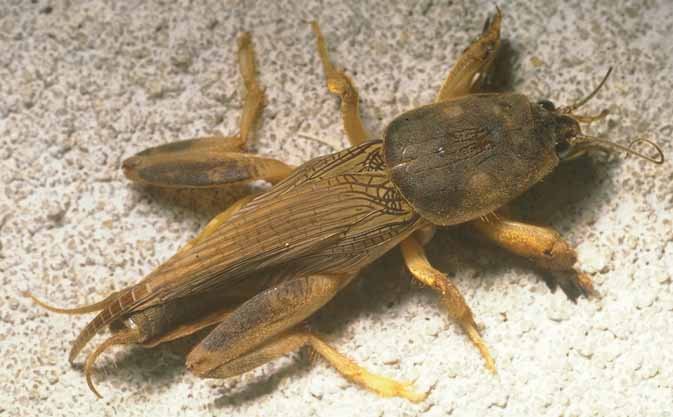
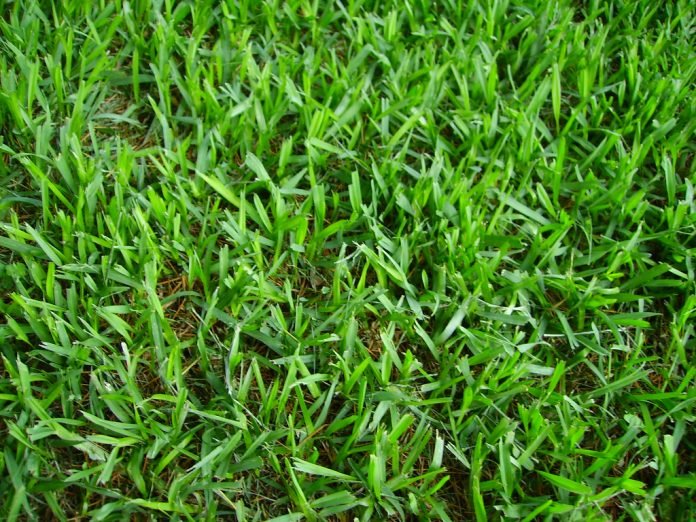
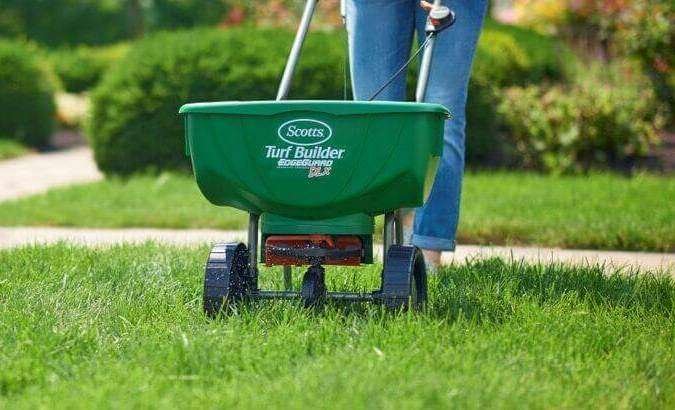
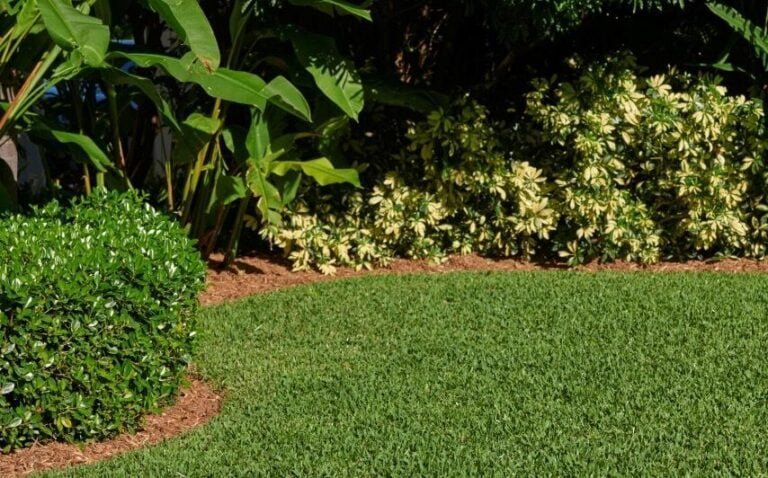

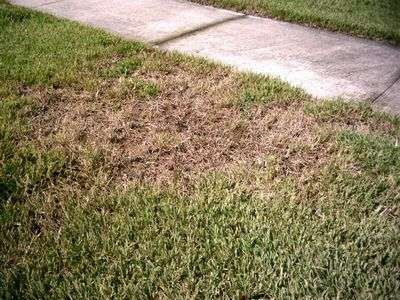
my lawn has always been maintained by the same company & always has been great. all of a sudden my grass has large areas that are fluorescent yellow. They say fungus from rain. Just wondering if maybe fertilizer or liquid weed killer they use could cause this.
Kris,
When areas in a lawn turn a fluorescent yellow color it is usually the first signs of a fungus problem. Fungus disease can occur when areas have been receiving excessive amounts of water, from either heavy rainfall or from over watering. Areas that stay continuously wet from poor drainage are also susceptible to having fungus problems, especially in shaded locations,
I don’t think the problem areas are caused from the fertilizer being used, or from over-fertilization.
Liquid weed killer when applied at a higher rate than is listed on the label can burn a lawn. Also, if a weed chemical is applied that is not labeled for a certain type of turf, the lawn can be damaged. However, if you have a reputable professional lawn care company treating your lawn, this should not happen.
Lawn spray companies have to be certified by the state, licensed and insured, in order to treat lawns legally. If they are responsible for damage that occurs on a lawn they treat, due to their negligence, it is their responsibility to replace it.
Kurt
I have some yellow spots in my st Augustine grass,just wondering if maybe fertilizer or liquid weed killer.i have one area of my lawn maybe get 3 or 4hours of sun,and dosenot dry out vert fast please help.
Edward,
If the areas in your lawn are yellow on a consistent basis, then this could be a sign of the early stages of a fungus disease in St. Augustine grass. Especially if the areas as you say, do not dry out fast and tend to stay wet. Eventually the grass will turn to orange brownish in color.
If it is burning from fertilizer or weed killer, it will first be yellow and quickly turn to brown or gray. Then it could die off including the roots. If someone has applied too much fertilizer, or liquid weed killer at a higher rate than recommended by the product label, this will burn St. Augustine grass and can kill it.
If it is a fungus problem try to limit or lessen the amount of water those areas are receiving. Perhaps there is poor drainage. Then the areas will need to be treated with fungicide, preferably liquid fungicide. For liquid fungicide do 2 treatments 14 days apart. Stop watering these areas immediately so they can dry out for the fungicide to work properly.
If it is damage from over-fertilization or improper usage of weed killer, you will know in due time whether or not those areas need to be replaced by sod or plugs. It would depend on how bad the damage is. If the roots are not effected then the blades of grass might grow back. However, this could take a while for new growth to appear and fully return to normal.
Since I have no way to inspect your lawn, these are two possibilities I can offer on what is occurring to your St. Augustine grass.
Kurt